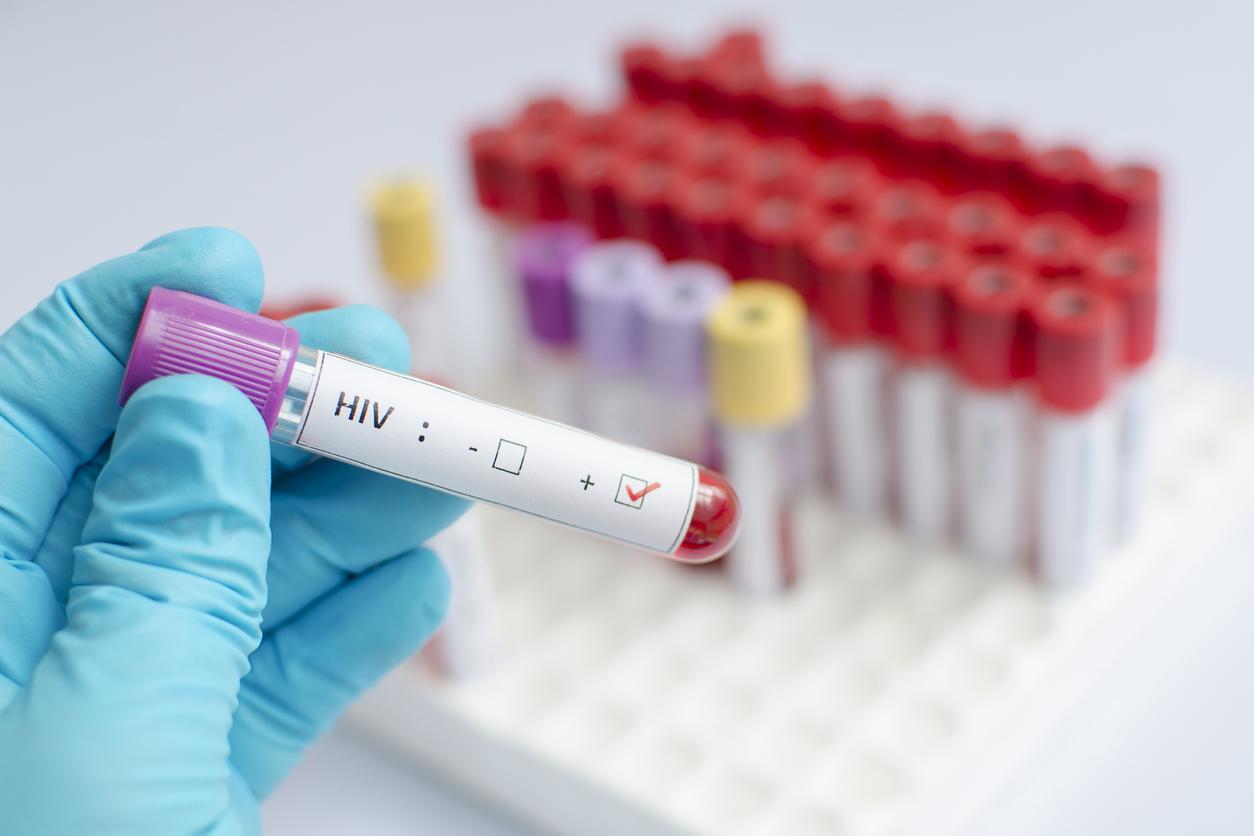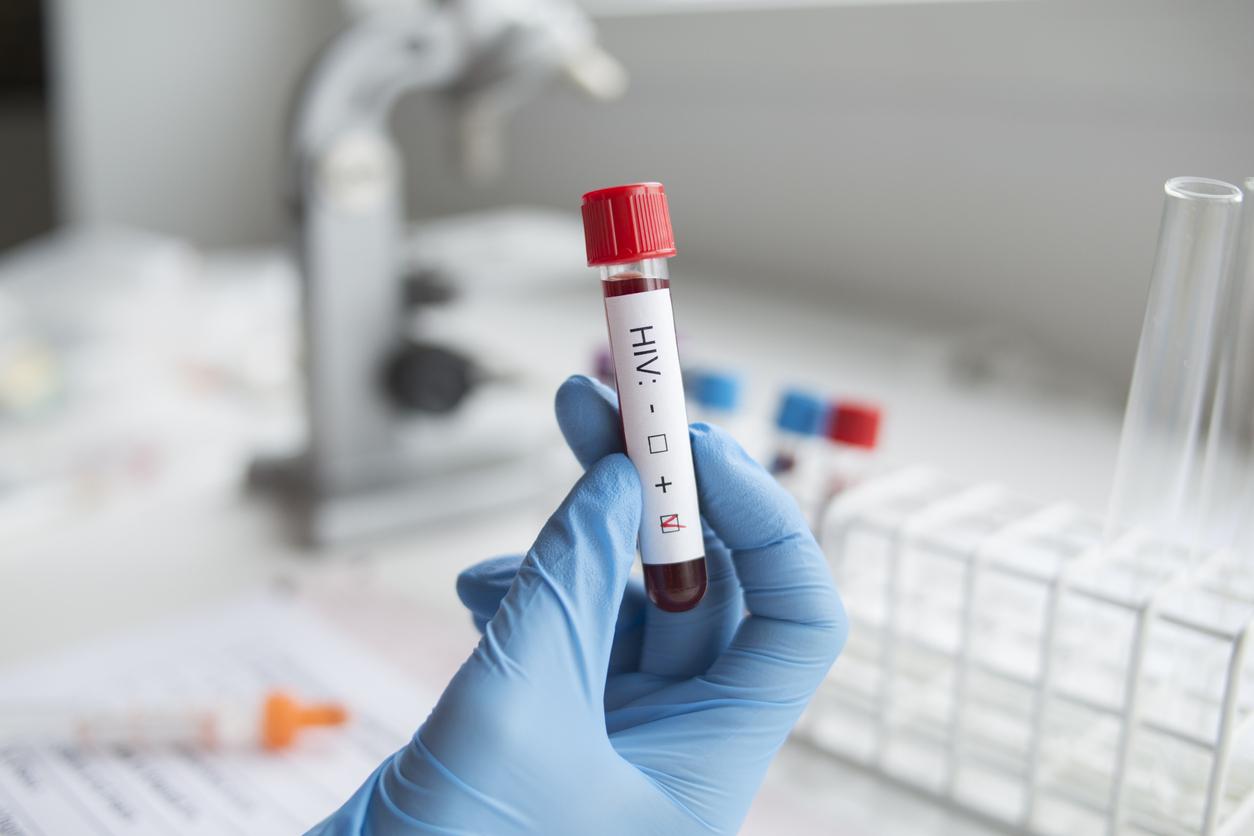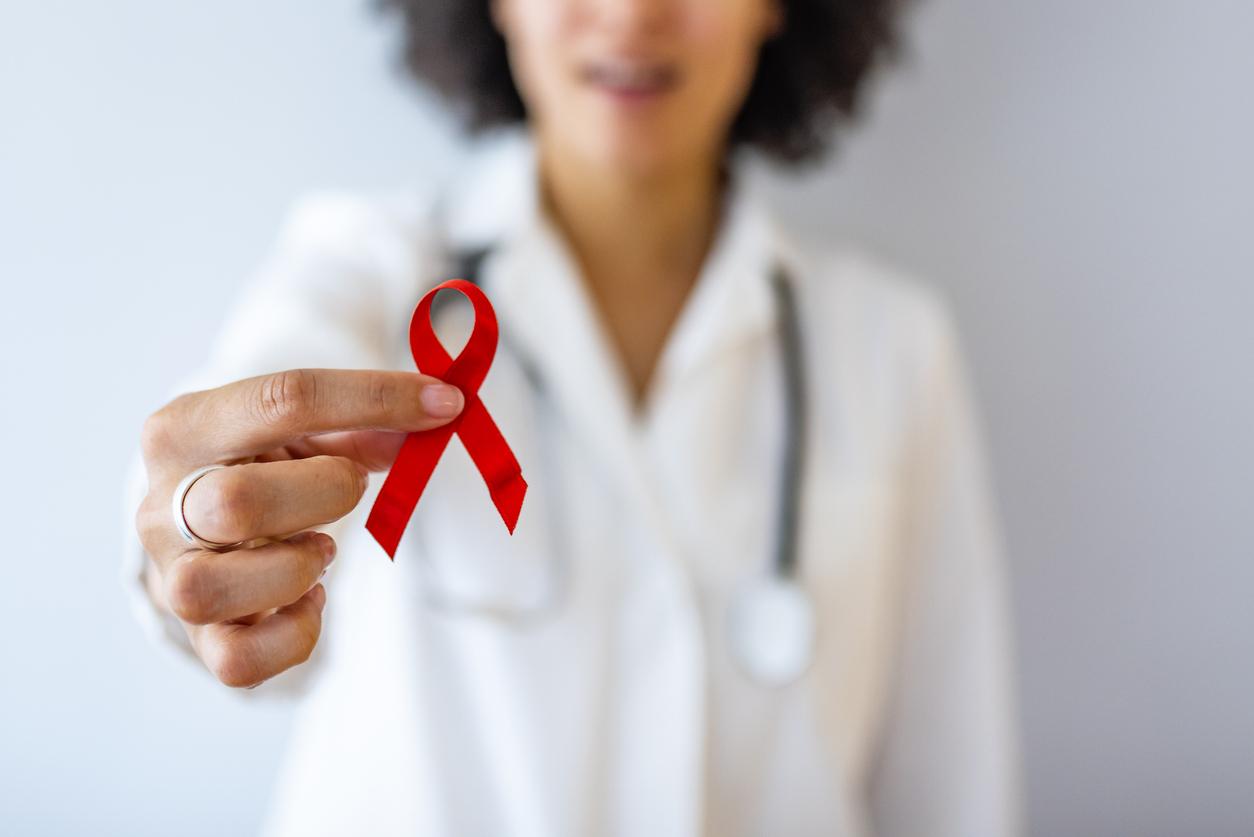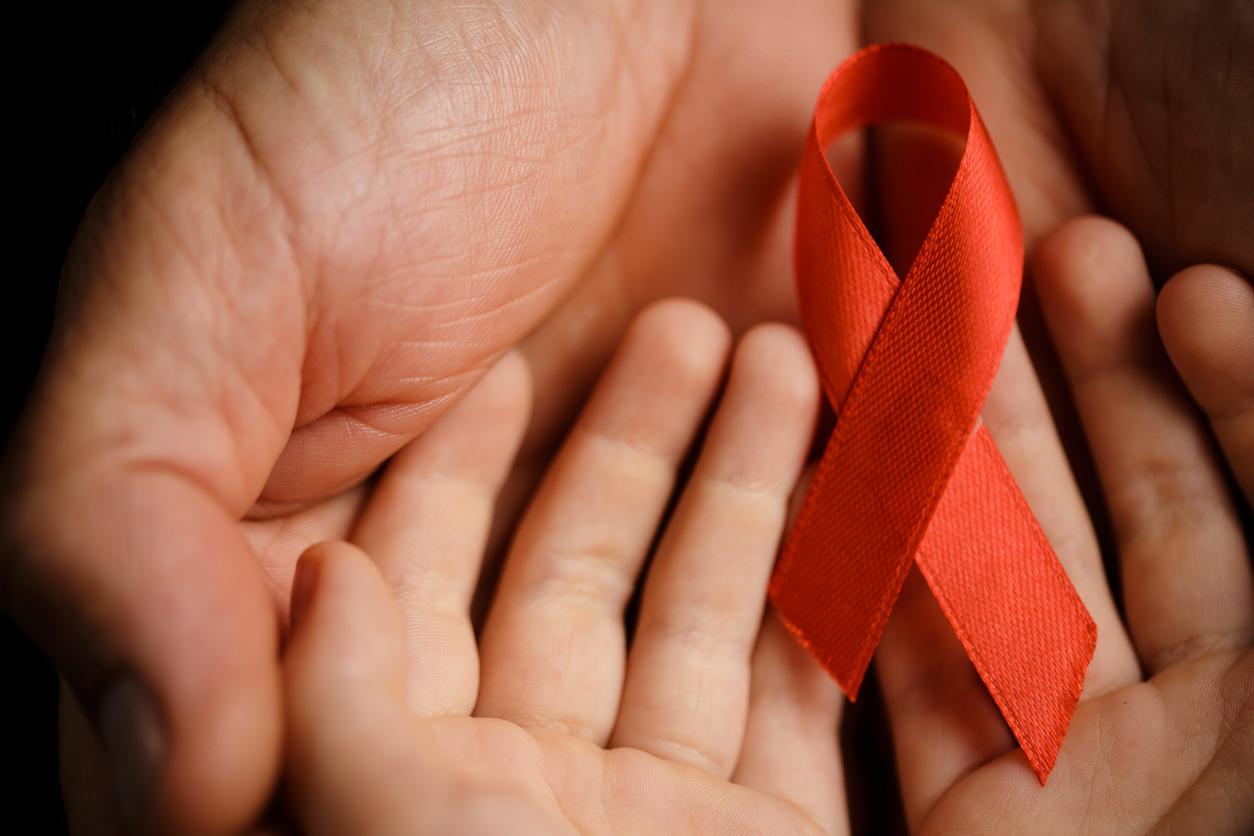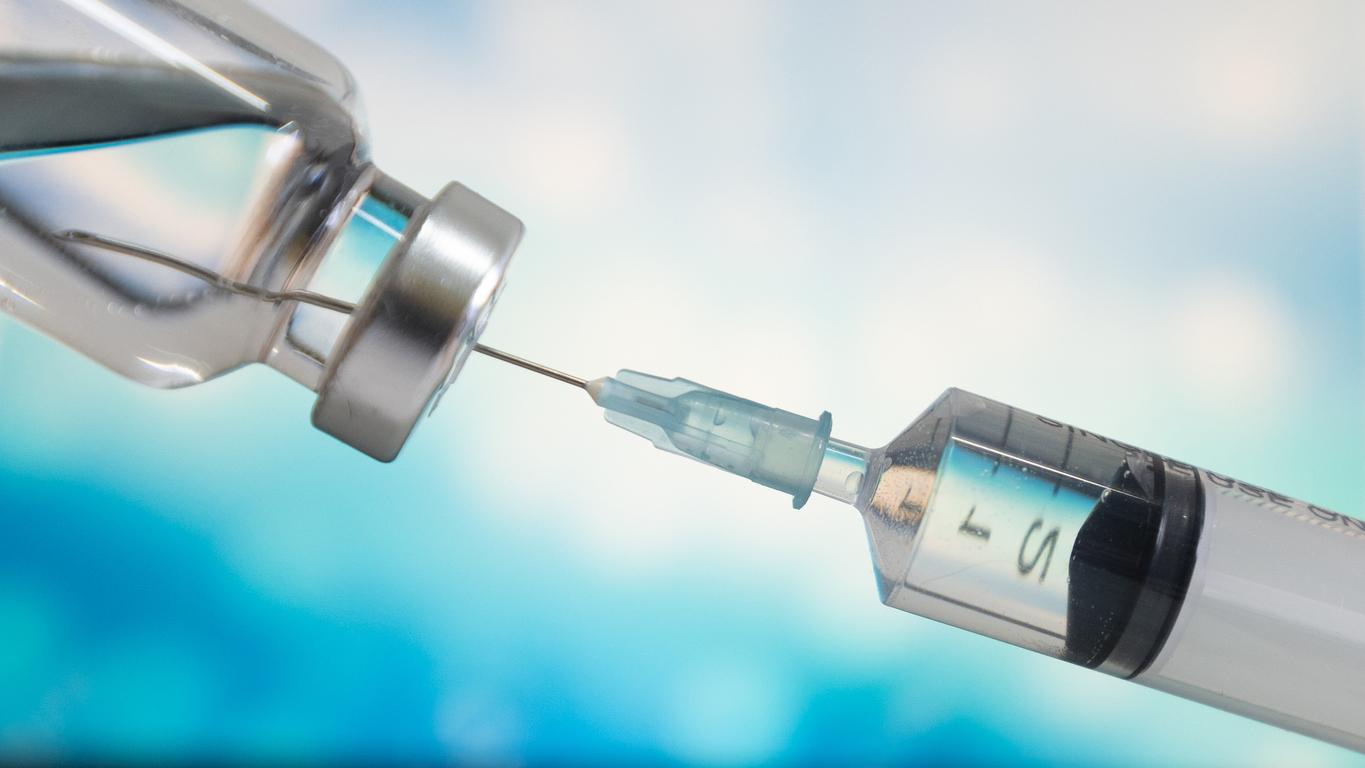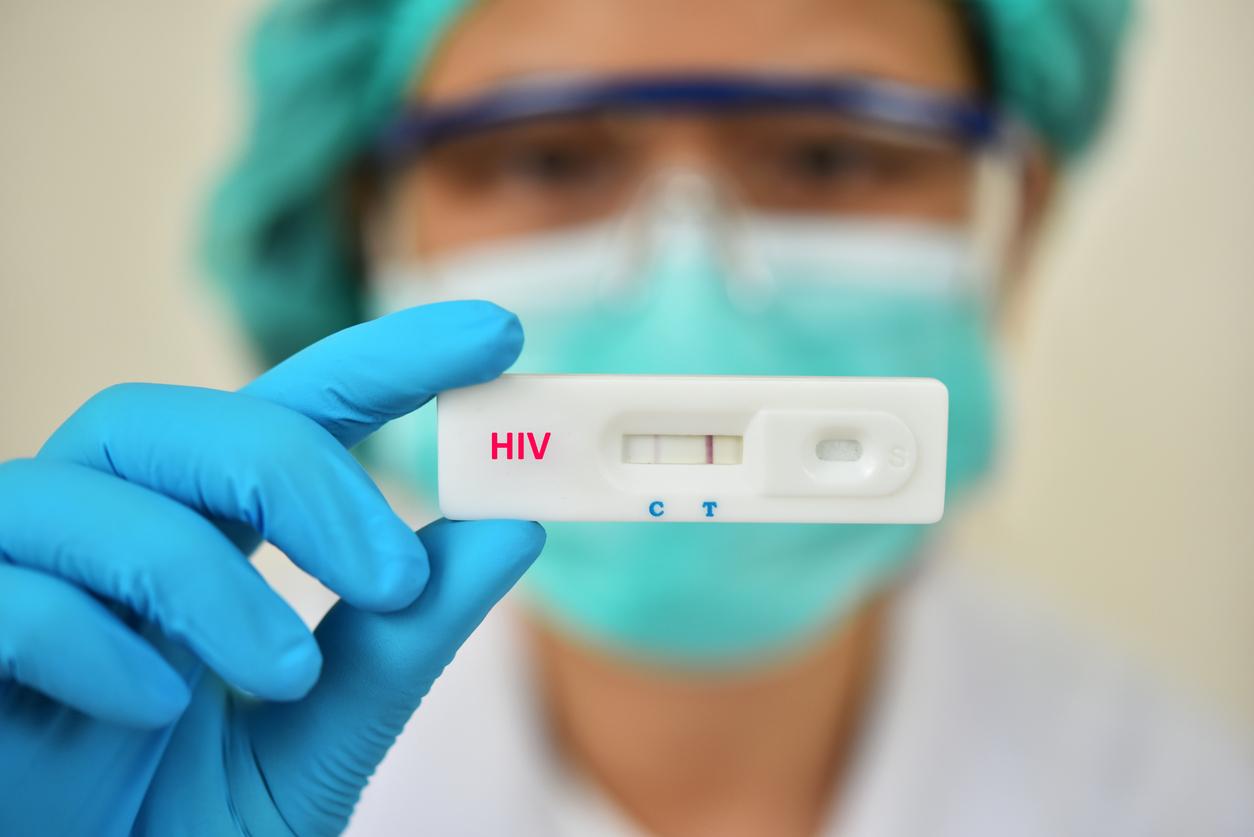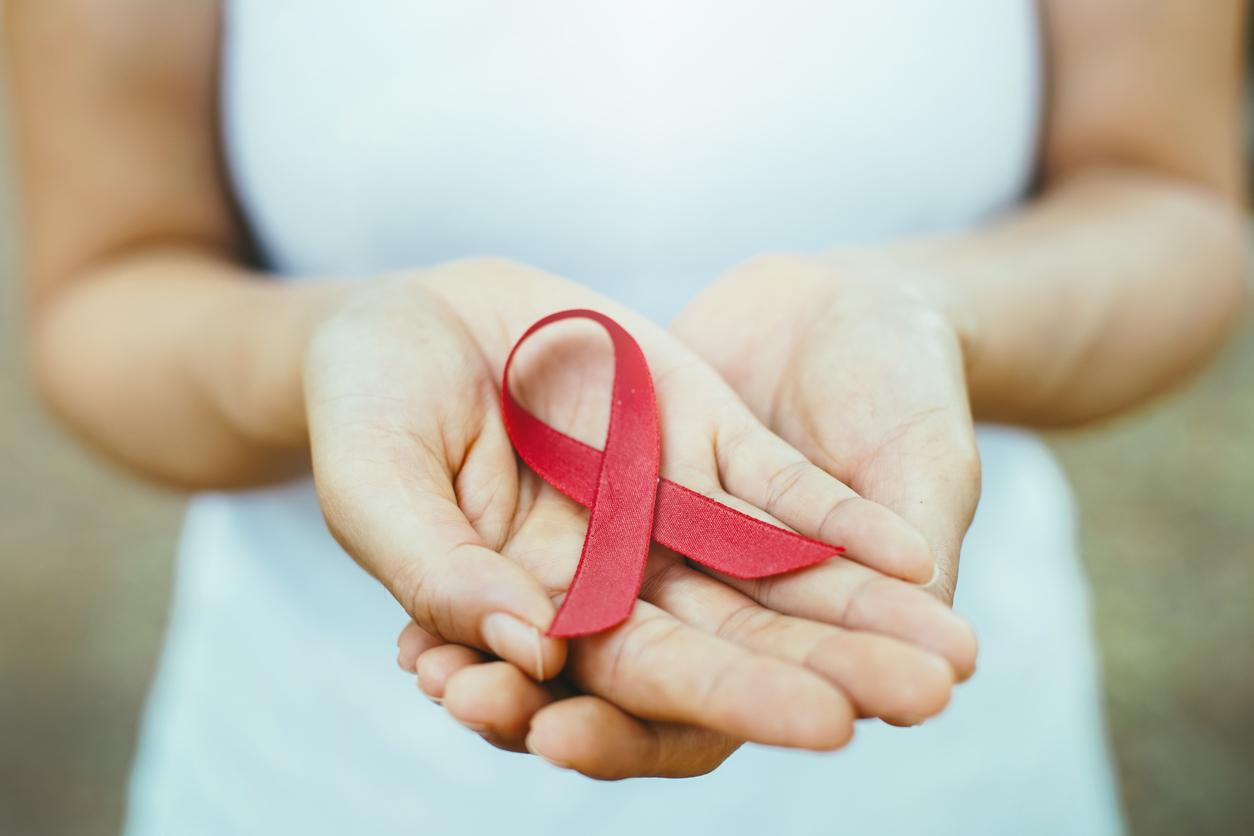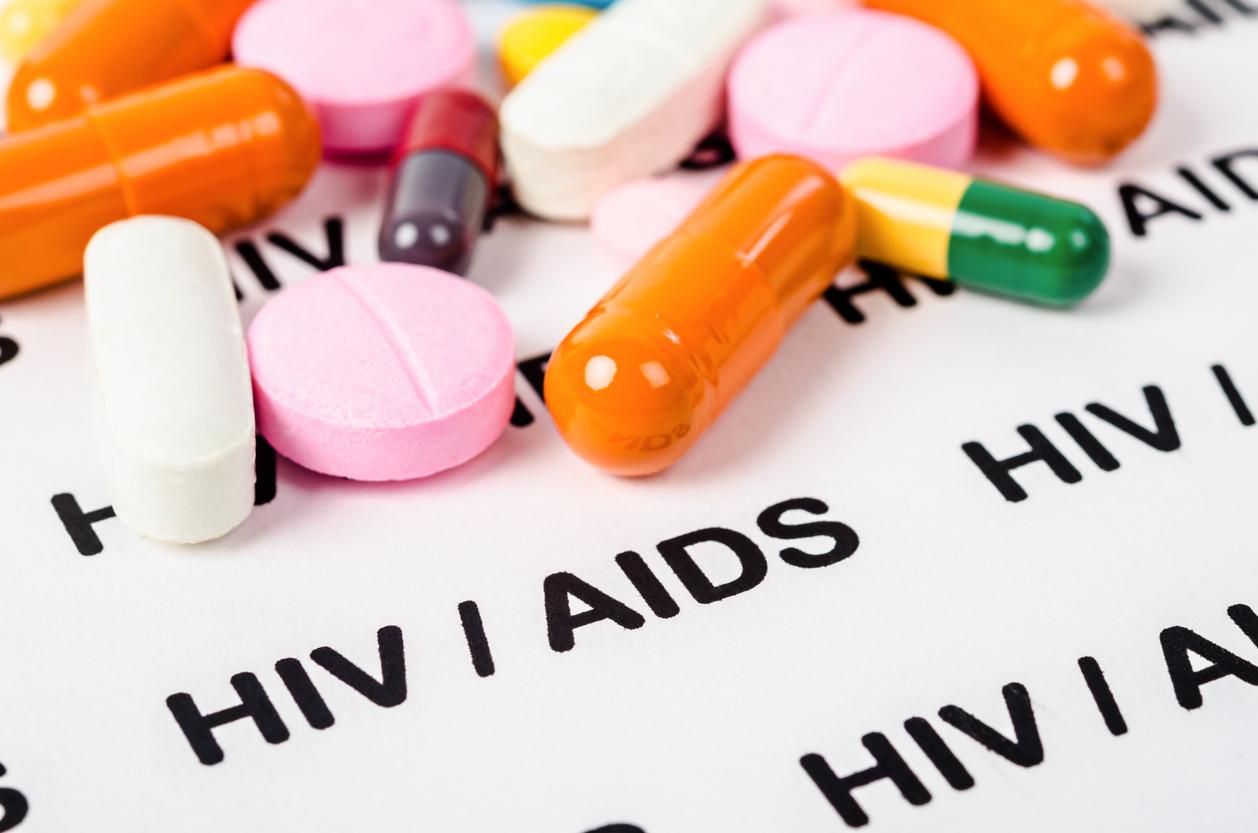A new, latex-free condom is under development in the United States. It could revolutionize the fight against HIV.

In the fight against sexually transmitted infections (STIs), condoms remain the preferred preventive solution recommended by all health professionals. Problem: Made of latex, they cause allergies in some, while others do not tolerate them.
To offer them an alternative, American researchers have created a “super condom”. In it, no latex, but hydrogel and plant-based antioxidants, known for their protective properties against HIV.
Interesting properties
The project is supported by the Bill & Melinda Gates Foundation, which allocated funds to a Texan team, selected among more than 1,700 candidates, to develop it. It was necessary that the condom could be produced at a lower cost, in quantity, and without latex. This is the case here, thanks to the interesting properties of the materials used, which are relatively easy to access.
Hydrogels are polymers that are insoluble in water and have a very high absorption power. Very flexible and made of 99% water, they are ideal for coming into contact with fragile human tissues. As for antioxidants, they will take over if the condom breaks, attacking the potential virus.
“In the event of an accident, antioxidants are released and prevent the spread of HIV. We still have to determine how quickly these can be released and the condom will be ready, ”explains Mahua Choudhery, the scientist in charge of the project.
In addition, the new condom is also designed to increase the sexual pleasure felt at the time of the report, the antioxidants also having the capacity to stimulate the neurotransmitters connected to the nerve endings of the genitals.
The scourge of STIs
A contraceptive that combines pleasure and maximum effectiveness against STIs, this is why this condom is presented as a real revolution in prevention methods.
Mahua Choudhery’s team has yet to patent their invention, but are hopeful that it may soon be available on the market. Their price should in this case be fixed around a dollar.
“If we manage to produce it at this price, we will have transformed the preventive approach to the fight against HIV. If our condom appears comfortable and inexpensive, all mentalities could change ”, hopes the scientist.
.







